Old Medical Treatments That You Would Never Dare To Try Today
Medicine is an exciting field that is constantly evolving and innovating. However, this process of innovation has led to some wild medical treatments over the years. Scientists and doctors of bygones eras did have their patient’s best interests in mind but they took some seriously wrong turns in their journey to treat pain and illness. Sometimes, medical treatments had worse consequences for patients than their original illness or injury! Below is our list of history’s 15 most extraordinary medical treatments.
1 Heroin for the common cough
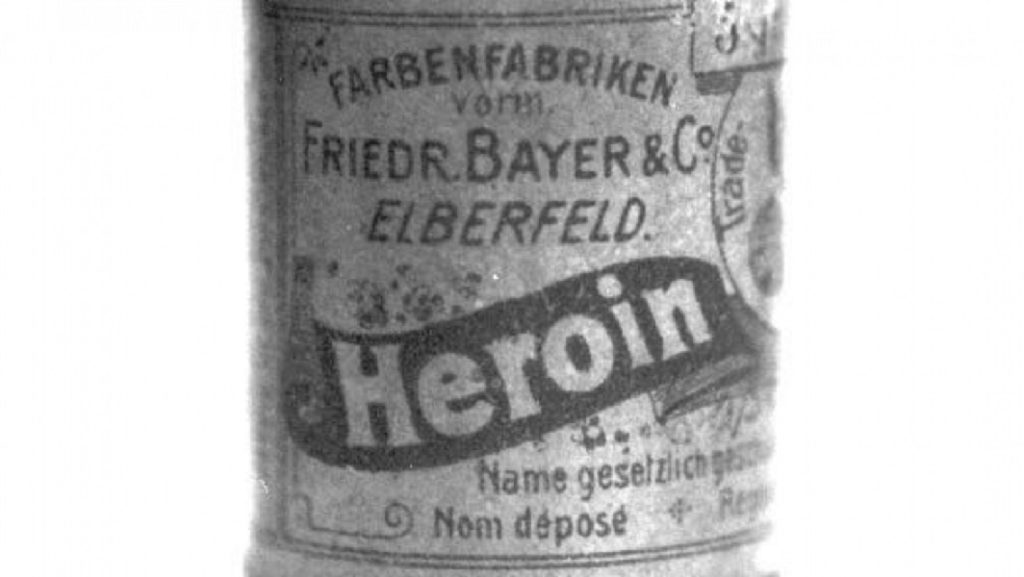
We’ve not always known that heroin is a powerfully addictive substance and in the late-19th and even into the early-20th century, it was marketed as a treatment for wheezes and coughs.
Bayer, a German pharmaceutical corporation, launched heroin as a cure for the common cough and, incredibly, it was also sold as a treatment for morphine addiction.
2 A dead mouse for toothache

The Ancient Egyptians were an amazing civilization that contributed a lot to Western culture, not least writing and the concept of zero. However, the belief that putting a dead mouse in your mouth would alleviate toothache was not their finest moment. The mouse was occasionally blended with other ingredients to create a poultice.
Interestingly, the dead mouse returned to the medical field during Elizabeth I of England’s reign when a leading wart treatment involved cutting a mouse in two and applying it to the wart. Whooping cough, smallpox, measles, and even bed-wetting also had treatments that included mice. We don’t know about you, but we’ll pass.
3 Trepanning for migraines and seizures

Trepanning is a procedure in which holes are drilled into the skull, and it is the oldest surgery in the history of medicine, with evidence of the procedure dating back thousands of years.
While it is still used for subdural and epidural hematomas, a couple of hundred years ago it was believed that trepanning (typically performed without anesthesia) was an effective treatment for migraines and seizures.
4 Goats’ testicles for sexual problems

John Brinkley made a fortune in the 1900s with his ground-breaking treatment for infertility, impotence, and various other sexual health problems even though he had absolutely no medical qualifications whatsoever.
He treated these conditions through a surgical procedure in which goats’ testicles were implanted into the male patient’s scrotum. There was no scientific basis for this procedure and it resulted in numerous fatalities.
5 Bloodletting for illness
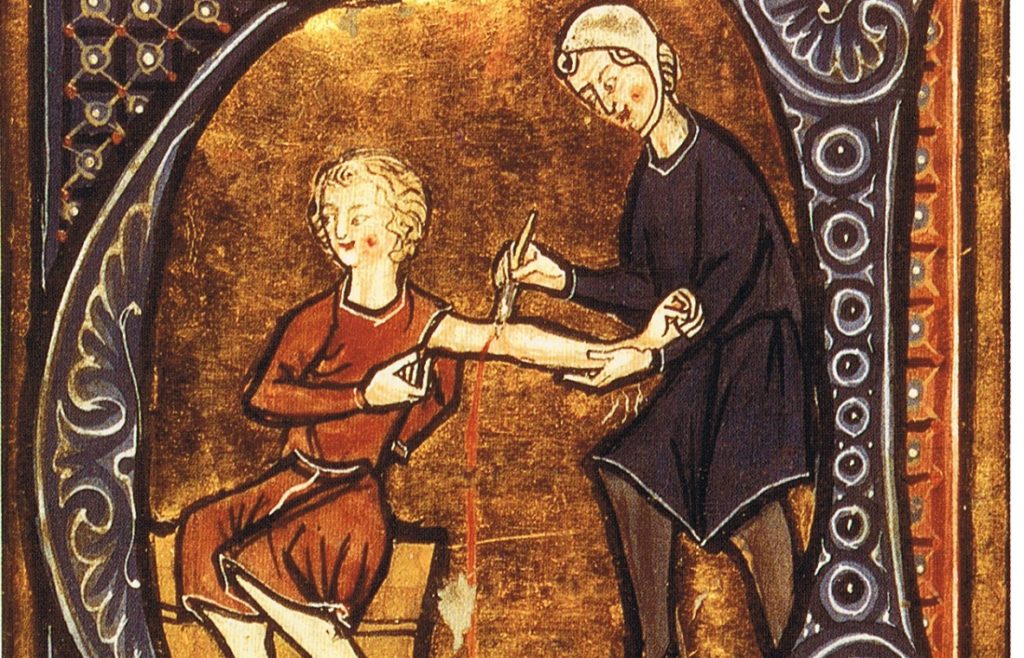
In Ancient Egypt, Greece, and many other parts of the world, bloodletting, where blood is drawn from the veins, was a popular treatment for all illnesses. Acne and indigestion were thought to react particularly well to bloodletting.
Hundreds of years later, bloodletting was found to occasionally relieve hypertension in some people, but that’s it. Nonetheless, it remained popular for centuries and was still being used at the end of the 19th century.
6 Mercury for…everything
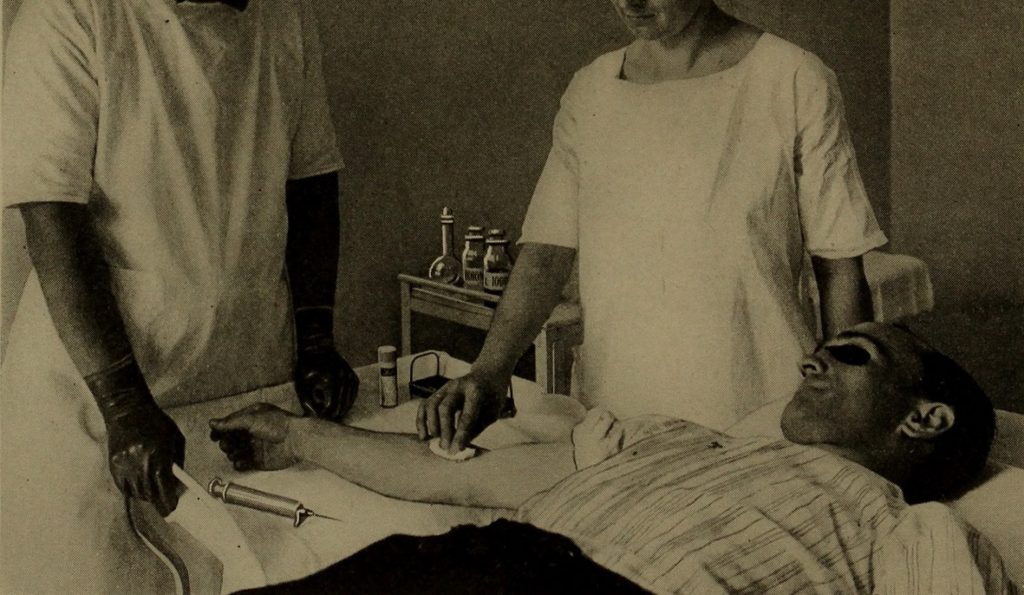
Evidence shows that mercury was used as a medical treatment as far back as 1500 BCE. Mercury was the standard treatment for everything from digestive issues and syphilis to a scratched knee.
Of course, as we now know, mercury is a highly toxic substance. Yet doctors of the past seemed undeterred by the fact that it poisons anyone who ingests it, and mercury was used for centuries. This treatment is definitely not covered by your medical insurance, and for a valid reason!
7 Moldy bread for infection
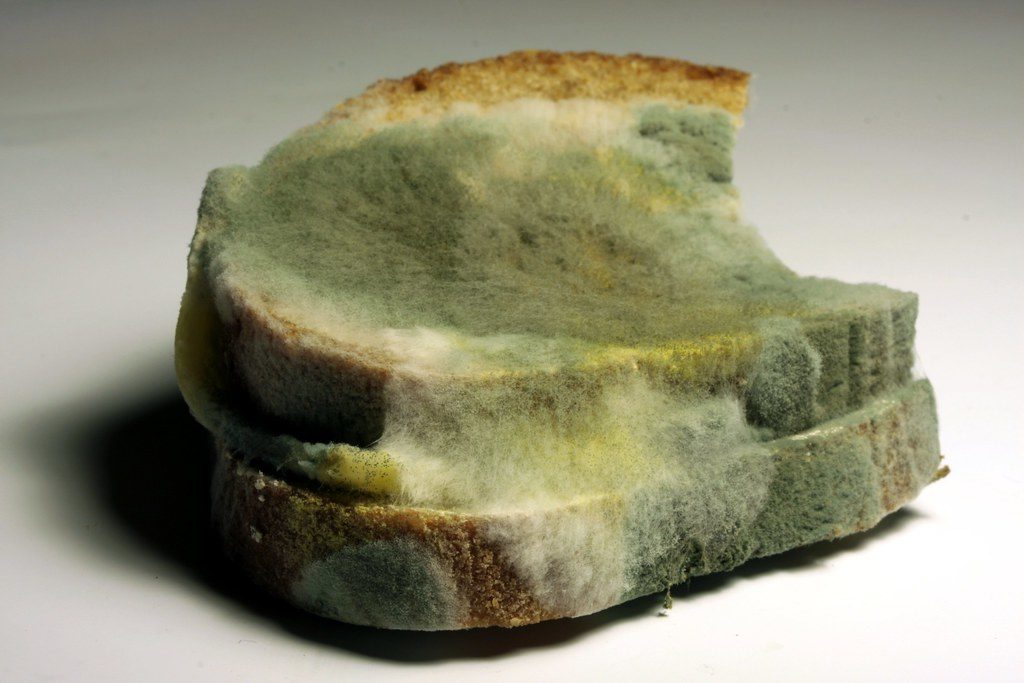
The Ancient Greeks and Chinese were both strong believers in the power of moldy bread as a disinfectant and would place the bread directly on wounds to stop infection. Moldy bread crusts were also used in Egypt to treat pustular infections of the scalp with ‘medicinal earth’ being dispensed for its medicinal effects.
These practices are believed to have appeased the gods or spirits of suffering and illness who would then leave the patient in peace. A cheap treatment, but an effective one? We doubt it.
8 Hemiglossectomy for stuttering

In the 18th and 19th centuries, doctors took the extraordinary step of cutting off half of their patients’ tongues to cure them of stuttering. Today, hemiglossectomy is used in the treatment of oral cancer and the patient is given general anesthetic before the procedure is performed.
In the 18th and 19th centuries, general anesthetic was not used and some patients died from blood loss. A hemiglossectomy was a dangerous procedure and it certainly didn’t cure stuttering.
9 Dried dung for contraception

In another medical misstep for the Ancient Egyptians, dried elephant or crocodile dung was their first choice of contraceptive.
It was believed that inserting the dung into the woman’s vagina would create a barrier that the man’s seed could not penetrate. Tree sap, cotton, wool, sea sponges, and lemon halves were also popular contraceptives in antiquity.
10 Crystal meth for energy
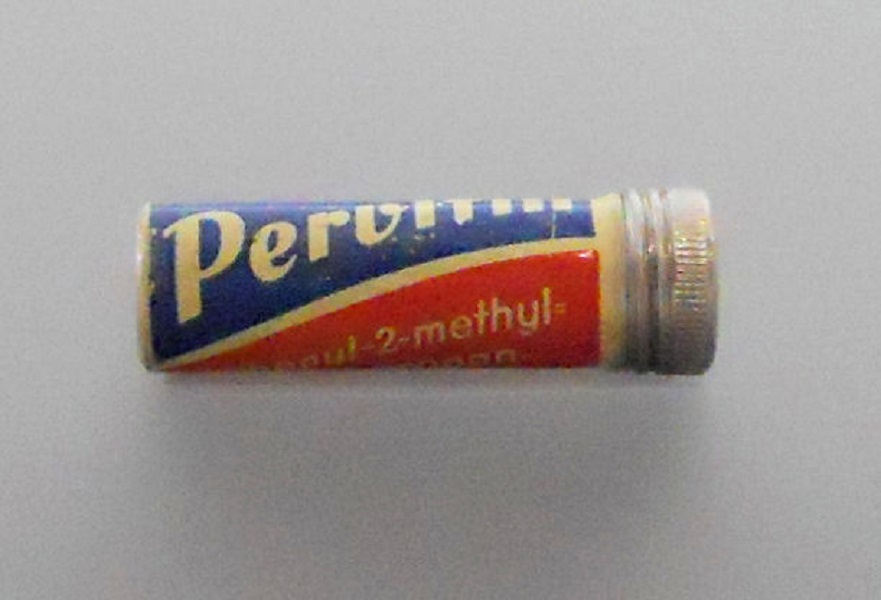
The hypochondria of Adolf Hitler is well-known. What is less well-known is that his doctor injected him with vitamin cocktails that occasionally contained methamphetamine, more commonly referred to as crystal meth. These injections put a little pep in Hitler’s step, keeping him awake, vigilant, lively, cheery, and chatty late into the night.
Nazi architect Albert Speer believed that Hitler’s meth habit explained, to some extent, the unbending nature of his tactical decisions in the final months of the Second World War. The Fuhrer would not give the order to retreat even when his troops were in a hopeless situation.
11 Electroconvulsive therapy for mental illness
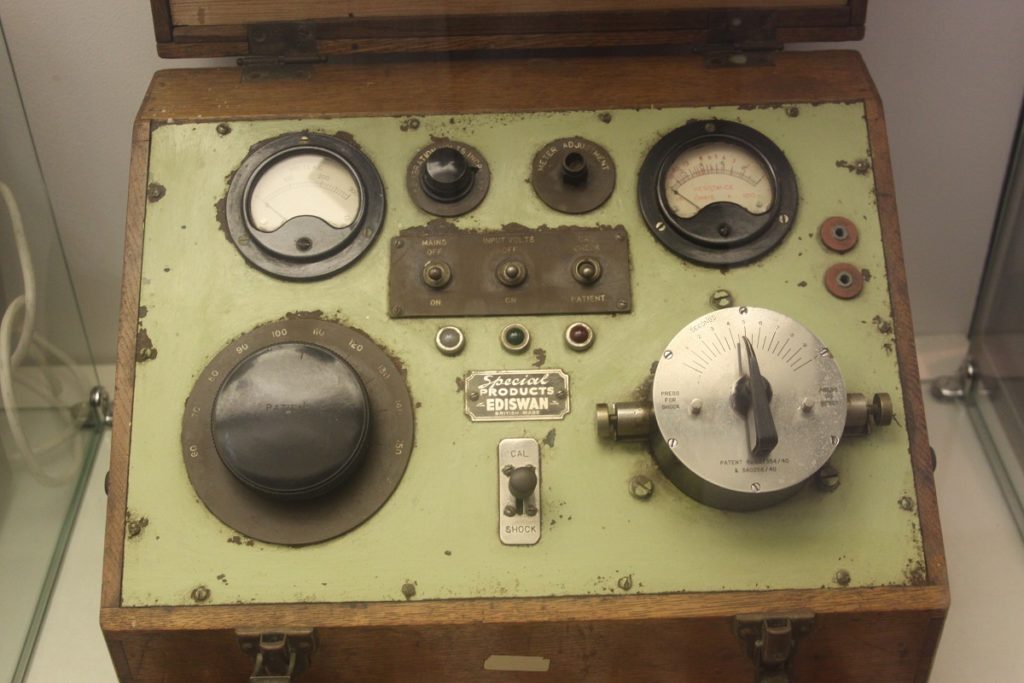
ECT, electroshock, or electroconvulsive therapy involves electrically stimulating a seizure in patients. The procedure was believed until recently to alleviate the symptoms of a variety of psychiatric conditions.
It was a commonplace procedure for decades and was often performed without the patient’s consent. The range of conditions it was thought to treat was extensive and included homosexuality, which the contemporary medical establishment considered a psycho-sexual disorder. Luckily, things changed for the queer community and same-sex attraction is not considered a mental illness anymore.
12 Sheep’s livers for medical testing

The Ancient Mesopotamians did not, of course, have access to x-rays, MRIs, CT scans, or blood tests. What they did have were sheep’s livers. Wind the clock back several thousand years and relocate to Mesopotamia and sheep’s livers were believed to be the very source of all life.
When a sheep was sacrificed, its liver was thought to reveal everything about a patient’s suffering and illness. Mesopotamian doctors used the liver to decipher what their patient was afflicted with and how best to treat the problem.
13 Lysol for contraception and hygiene

Perhaps you have some Lysol in your home. If you do, you’ll have seen the warning labels advising you to wear gloves whenever you use it. Lysol is a powerful and corrosive product now used for cleaning but only a few decades ago it was being used in women’s most intimate areas (without gloves) for ‘feminine hygiene.’
In the 1930s, birth control was illegal so ‘feminine hygiene products’ were thinly veiled code for ‘birth control measures.’
14 Cannibalism for muscle cramps

In Ancient Egypt and Rome, a strong man doing a labor-intensive job who experienced headaches, stomach ulcers, or muscle cramps could expect the treatment of his ailments to consist of a tonic of bone, blood and flesh, all from humans.
This treatment was a special favourite among the Romans, who also believed that epilepsy could be cured by drinking the blood of defeated gladiators. A market for gladiator blood sprung up and unscrupulous merchants made a business out of draining dead gladiators of blood and selling it on.
15 Malaria for mental illness

Julius Wagner-Jauregg, a 19th-century Austrian physician, believed that inducing fever in his patients could cure them of their psychiatric conditions. He achieved this by giving them malaria. It did nothing to improve his patients’ state of mind but it did work as a treatment for syphilis and was a popular method for treating the disease from 1917 until the 1940s.
As malaria is easier to treat than syphilis, intentionally infecting people with the disease was considered ‘safe.’ Around 15% of people treated in this way died of malaria but Wagner-Juaregg’s breakthrough was significant and even earned him a Nobel prize.







